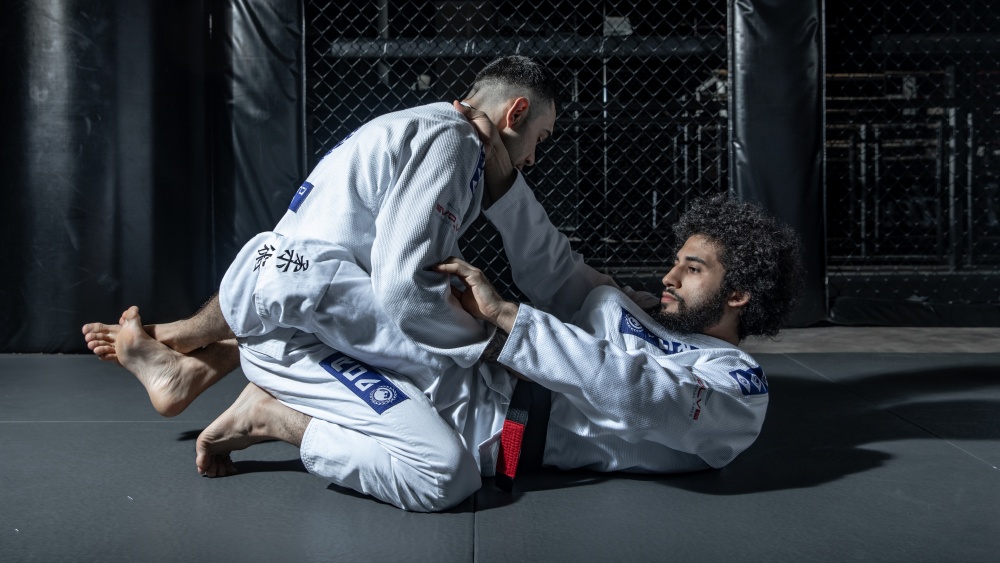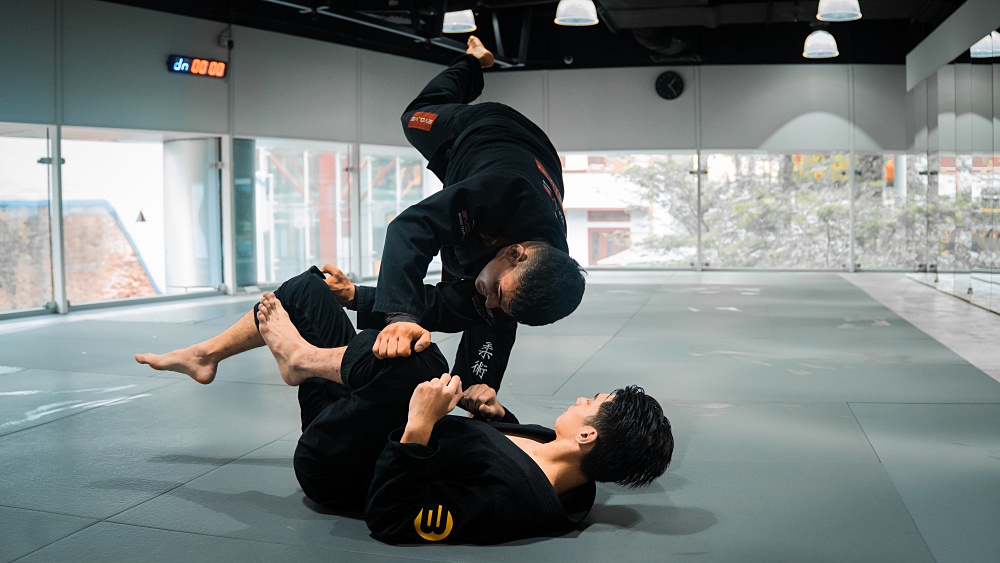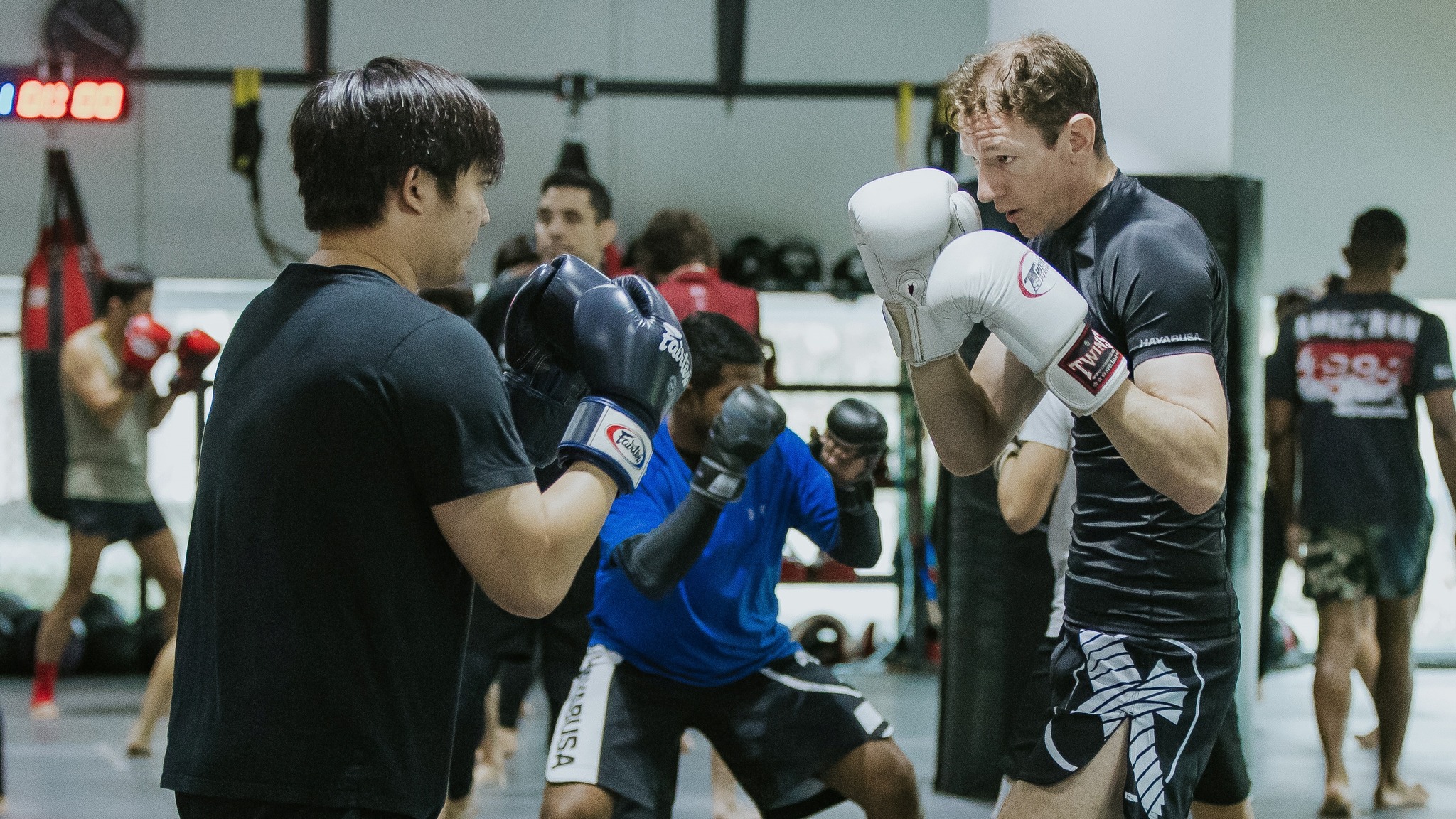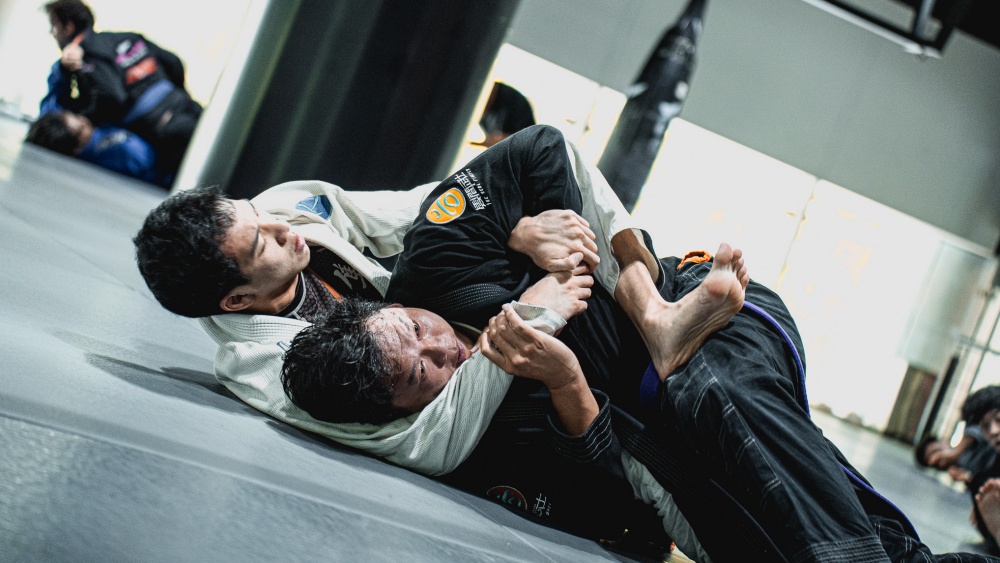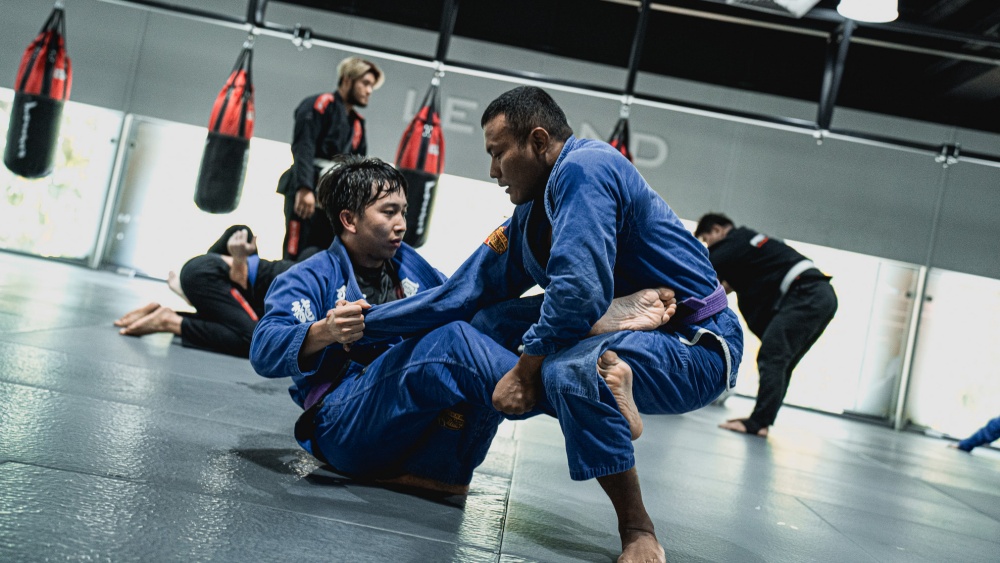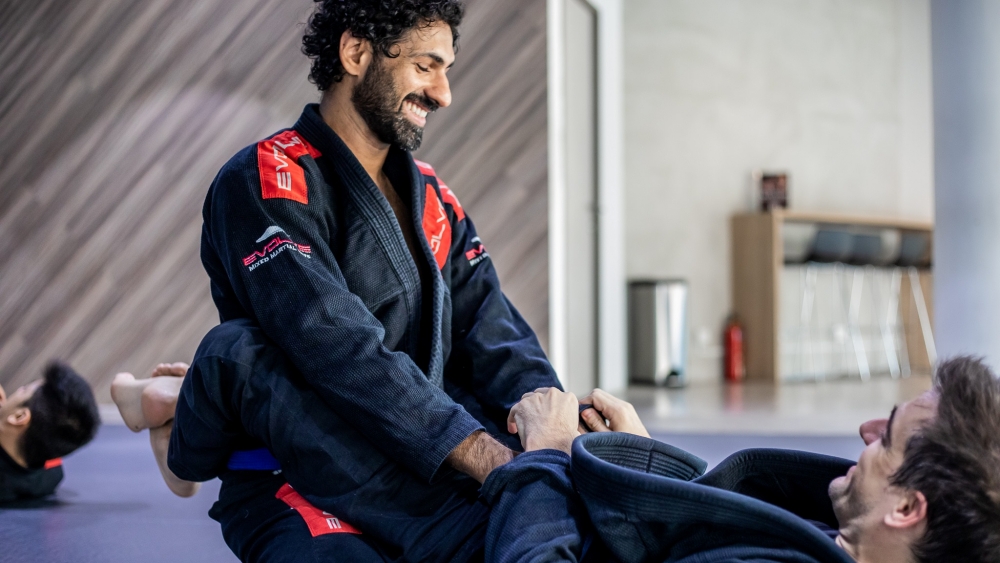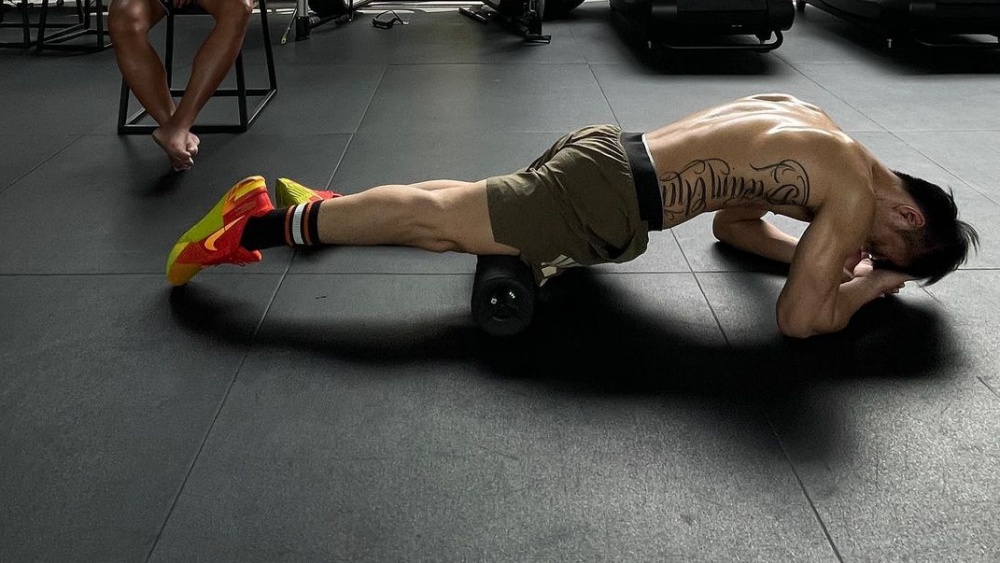One of the most important elements of your development in Brazilian Jiu-Jitsu is learning when and how to use different guards. To define, a guard is a position where you use your legs as a barrier to prevent an opponent from passing. Aside from its obvious defensive properties, the guard is a highly offensive position in which you can use sweeps, submissions, and transitions to defeat your opponent. Today we will focus on the process of transitioning from one guard to the other.
Closed And Half Guard
Since this is a beginner’s guide, we’ll discuss the most fundamental guards: the closed, half, and open guard. These three guards are chosen because these are perhaps the most essential guards in all of grappling. Watch the video demonstration by Bernardo Faria from BJJ Fanatics on how to use both the closed and half guards.
The closed guard is the first guard you learn in your Brazilian Jiu-Jitsu training. It is a guard that is designed to trap your opponent by wrapping your legs around the torso. The basic game plan in the closed guard is to control your opponent’s posture while keeping the guard tight.
Posture control is critical in the closed guard because the only way your opponent can escape or strike back is when space is available. Even a slight lapse in distance management gives your opponent the chance to stand up or rain down strikes (in MMA or self-defense); therefore, staying attached as much as possible is an excellent concept to remember when playing the closed guard.
One of the best and most logical transitions from the closed guard is the half guard. The half guard is characterized by looping one of your legs to your opponent’s. This means that you don’t have complete outside control like in the closed guard – one of your opponent’s legs has escaped, so the natural leg configuration, in this case, is to catch the one that’s still inside and block it from within the guard. From here, you create frames using your arms and establish good posture.
Understandably, most beginners would prefer to go back to the closed guard whenever possible. It is a more straightforward position to use, and the leg configuration gives it a safer feel than the half guard. If you’d like to go back to the closed guard from the half guard, all you have to do is start by framing against your opponent. Use one arm to cup near the opponent’s shoulder and the other to control near the wrist. The key here is to create enough space to take your leg out and regain the closed guard.
Above is a demonstration from then BJJ purple belt, now black belt instructor, Dan “TrumpetDan” Lukehart. Notice that he also advises using your far knee to block near the hip to get more space. If you do all of these tips with the proper technique, you should be able to return to the closed guard quickly.
Closed And Half Guard To Open Guard
The third option is to transition to some form of open guard. The open guard is an excellent guard for those who prefer to play a more dynamic and looser game. The open guard is flexible and can be played regardless if it is gi or no-gi. The open guard is a highly recommended next step once you get comfortable with both the closed and half guards.
In the above video, Coach Chris Stearns teaches the fundamental movements to transition from closed to open guard. Notice that he focuses on keeping his grips throughout the transition. It is important to also position your body correctly so that you don’t have to rely too much on explosive movements.
Here is a video where Coach Juan Romero teaches an easy transition from the half guard to open guard (butterfly guard). He also teaches a fantastic drill to go back to half from the butterfly.
He said that it is critical to control the wrist at the onset. This is to prevent common submissions from this position, such as the D’arce choke. Next is to scoot out your hip and establish your butterfly hooks. You do this by placing the blade of your shins on your opponent’s thighs. The last step is to put your head underneath your opponent’s chin. This adds another layer of pressure to the position and keeps the head looking towards one side.
He then teaches the transition if you’d like to go to the half guard from the butterfly guard. Starting from the butterfly guard, block the bicep of your opponent to prevent the cross-face. The cross-face is a typical counter to this position as it limits movement by using the arm to block the head. Next is to drop back to a hip and use the inside leg to wrap around your opponent’s.
Switch Guards On Your Own Terms
This is a very important concept when working with different guards. You must chain your guards on your own terms. It is not a good idea to transition to another guard when you are about to get passed; it is better to reframe and reset first and then work your guard. Working from one guard to the next is all about body positioning, so always remember that you should be in the proper position if you’d like to chain your guards.
Framing And Kuzushi
A common mistake beginners make is that they fixate too much on the guard chains. To smoothly move from one guard to the next, you must use your body as a wedge to off-balance and create space. This can be done by using frames and kuzushi (off-balancing techniques). As a general rule, always remember to keep your frames up and use any opportunity your opponent gives you to off-balance them.
Final Thoughts
Moving from one guard to another requires a lot of dedicated practice. It is recommended that you drill these basic chains with a partner a few times a week. Start by working on the movements with no resistance, and then slowly add them as you get better.
You may also like:
